Tuesday 25 June, 2019 8.00pm to 10pm
ISU Cosmos Auditorium, Illkirch
Open to public
This event will be webcasted on the ISU Live channel
The UAE Space Agency is working on developing a space exploration probe mission to Mars that is set for launch in 2020. The Hope Mars Mission also called Emirates Mars Mission will become the first mission to Mars by any Arab country. Dr. Al Ahbabi, the Director General of the Emirates Space Agency will give a talk describing the path being followed to achieve this highly challenging endeavor.
Thursday 27 June, 2019 8.00pm to 10pm
ISU Cosmos Auditorium, Illkirch
Open to public upon registration
Register with EventBrite
The United States between July 1969 and December 1972 sent twelve men to walk of the surface of the Moon. Then it stopped lunar voyages, and in the almost half-century since, no human has traveled beyond low Earth orbit. This talk by the author of John F. Kennedy and the Race to the Moon will discuss why the United States undertook Project Apollo, why that project was cut short, and whether there will be a return to the Moon in coming years.
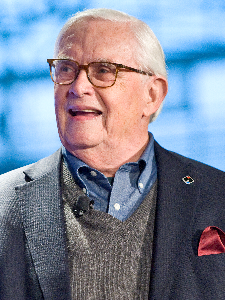
Dr. John M. Logsdon is Professor Emeritus at George Washington University’s Elliott School of International Affairs, where he was the founder and long-time director of GW’s Space Policy Institute.
Author, among many articles, essays, and edited books, of the Penguin Book of Outer Space Exploration (2018), Ronald Reagan and the Space Frontier (2019) , After Apollo? Richard Nixon and the American Space Program (2015), John F. Kennedy and the Race to the Moon (2010), The Decision to Go to the Moon: Project Apollo and the National Interest (1970), and general editor of the seven-volume series Exploring the Unknown: Selected Documents in the History of the U.S. Civil Space Program (1995-2008)
Logsdon is a sought-after commentator on space issues, and has appeared in documentaries,on television networks, and radio programs in many countries.
In 2003 he was a member of the Columbia Accident Investigation Board, and formerly was a member of the NASA Advisory Council.
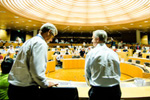 |
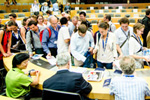 |
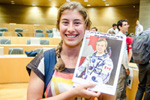 |
1 July, 2019 8pm to 10pm
Eurométropole et Ville de Strasbourg, Place de l'Etoile
Open to public upon registration
Register with EventBrite
This event will be webcasted on the ISU Live channel
The International Astronaut panel is an annual highlight of each ISU session. ISU participants and the public will have the opportunity to interact with this outstanding group of astronauts who represent over 30 years of international spaceflight experience ranging from the Spacelab, to the Hubble Space Telescope and the International Space Station.
Monday 8 July, 2019 8.00pm to 10pm
Eurométropole et Ville de Strasbourg, Place de l'Etoile
Open to public upon registration
Top managers from agencies around the world such as ESA, DLR, UAE, and many others will come together and discuss the strategic, policy, and operational environment for space science and exploration activities in the years ahead. This discussion will focus on how leaders think about the biggest opportunities for their programs in the next decade.
The panel will also discuss multi-national projects like ISS, opportunities with emerging space programs, and potential roles for new privately funded initiatives.
Thursday 11 July, 2019 8pm to 9.30pm
ISU Cosmos Auditorium, Illkirch
Open to public
Speaker: Joseph Neal Pelton
Every 150 years or so the Earth is hit with a massive Solar blast called a coronal mass ejection (CME). In 1859 when the Carrington event occurred telegraph offices caught on fire and the Northern Lights descended to Cuba and Hawaii. Then the only electrical devices were telegraph systems. Lloyds of London have projected a similar event today could wipe out a significant part of the world's electrical grid and electronics on the world's pipelines and possibly disable many satellites that among other things synchronize the timing for the Internet. This study projected a "$3 trillion dollar" event. That is trillions--not billions. Further the world's magnetic poles are shifting and as this occurs the Earth's natural protective system against such solar storms may be reduced to a tiny fraction of what it is today. There might be a way to create an electromagetic shield out at L-1 called a LAPSE (Lagrangian Protective Shield for Earth that could avert what could be a modern cataclysmic event that creates trillions of dollars of destruction to infrastructure and ultimately hundreds of millions if not billions of people might die of the consequences. If we could build an effective space shield for Earth, it would also be possible to do this for Mars. Such a space shield for Mars would, over time, allow an atmosphere to build up on Mars. Mars does not have an iron core and thus no protective magnetic shielding against solar wind and solar storms. This talk outlines the dangers from catastrophic solar storms and technical approaches to creating solar shields, i.e. A LAPSE, that might protect the modern world from failure of its most vital infrastructure on which we all depend today.
 |
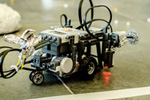 |
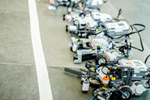 |
13 July, 2019 1pm to 3:30pm
ISU Central Campus, Pioneers Hall
Open to public
There are two major tasks in this competition. One is navigation of unknown world. There are scattered rock obstacles in the competition field and the robots should recognize them with onboard sensors, then make appropriate avoidance maneuvers. Also there is a boundary of the field, and the robots should remain inside the field during the competition activity. Two is sample collection. In the competition field, there are many of precious pieces called “gems” and the mission is to collect as many gems as possible in a given time, while satisfying the first task. If your robot is succeeded in bringing the gems back to a home position, a bonus mark will be awarded for the completion of a sample-return mission. All mission must be conducted completely autonomously, which is a great exercise of a real planetary exploration scenario.
Thanks to LEGO Mindstorms, teamwork and a lot of imagination, ISU participants design and build autonomous robots to achieve the above-mentioned tasks. The performance of the robots will be evaluated by a group of judges, and prizes will be given to the winning teams.
Visitors of all ages are welcome to share an educational and fun experience.
Monday 15 July, 2019 8pm to 10pm
ISU Cosmos auditorium, Illkirch
Open to public upon registration
This event will be webcasted on the ISU Live channel
Speaker: Ramon Vullings
Cross-industry innovation is a clever way to jump-start your innovation efforts by drawing analogies and transferring approaches between contexts, beyond the borders of your own industry, sector, area or domain.
Ramon Vullings, a global speaker and author on cross-industry innovation & business transformation, will discuss on what different sectors can learn from each other on process & services levels.
Tuesday 16 July, 2019 8.00pm to 10pm
ISU Cosmos Auditorium, Illkirch
Open to public
Speaker: John Connolly
Human Mars mission design is a specialized subset of space mission design involving the complications of sending humans on an interplanetary journey and returning them to Earth. Mars is 1000 times as far from Earth as the moon, and in many ways, the human mission to mars may be 1000 times as challenging as the voyages to the moon in the 1960’s and 1970’s.
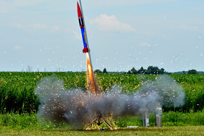 |
 |
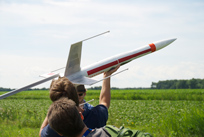 |
Saturday 20 July, 2019 2pm to 5pm
Jardin des Deux-Rives, Strasbourg
Open to public
International Space University conducts an annual rocketry launch competition during Space Studies program. Participants from ISU’s Engineering department are divided into international teams of four to design, construct and fly a rocket that will meet a set of difficult requirements for altitude, payload, data capture, and design style. Each team designs a unique rocket from a limited selection of body tubes, nose cones, rocket motors and other components, aided by computer design and simulation programs. Each rocket design passes several safety checks before it is certified to fly in the competition. And, as with any competition, there is only a single winner - Will the rocket attain the correct altitude? Will the fragile payload be returned safely? Will the vehicle fly straight and stable? It is a real-world challenge and the team with the best performance will be recognized for their hard work. This is an event open to the public and visitors of all ages are welcome!
Wednesday, 24 July, 2019 8pm to 10pm
ISU Cosmos Auditorium, Illkirch
Open to public upon registration
This event will be webcasted on the ISU Live channel
Speaker: Simon “Pete” Worden
At the Royal Society in London on July 20, 2015, Yuri Milner, Stephen Hawking and Lord Martin Rees announced a set of initiatives — a scientific programme aimed at finding evidence of technological life beyond Earth entitled ‘Breakthrough Listen’, and a contest to devise potential messages named ‘Breakthrough Message’. In addition, atop the One World Trade Center in New York on April 20, 2016, ‘Breakthrough Starshot’ was announced, an interstellar programme to Alpha Centauri. These are the first of several privately-funded global initiatives to answer the fundamental science questions surrounding the origin, extent and nature of life in the universe. The Breakthrough Initiatives are managed by the Breakthrough Prize Foundation.
Saturday 27 July, 2019 9.00am to 12pm
ISU Cosmos Auditorium, Illkirch
Open to public upon registration
This event will be webcasted on the ISU Live channel
Like TED, ISU is committed to open ideas focusing on international, intercultural, and interdisciplinary thought from the world. TEDx brings the spirit of TED’ s mission of ideas worth spreading to local communities around the globe. TEDx events are organized by curious individuals who seek to discover ideas and spark conversations in their own community. The theme for TEDxISU, taking place for the first time at the ISU’ s central campus is “Exploration”
Tuesday 30 July, 2019 8pm to 10:30pm
Saint Guillaume Church, Strasbourg
Open to public upon registration
This event will be webcasted on the ISU Live channel
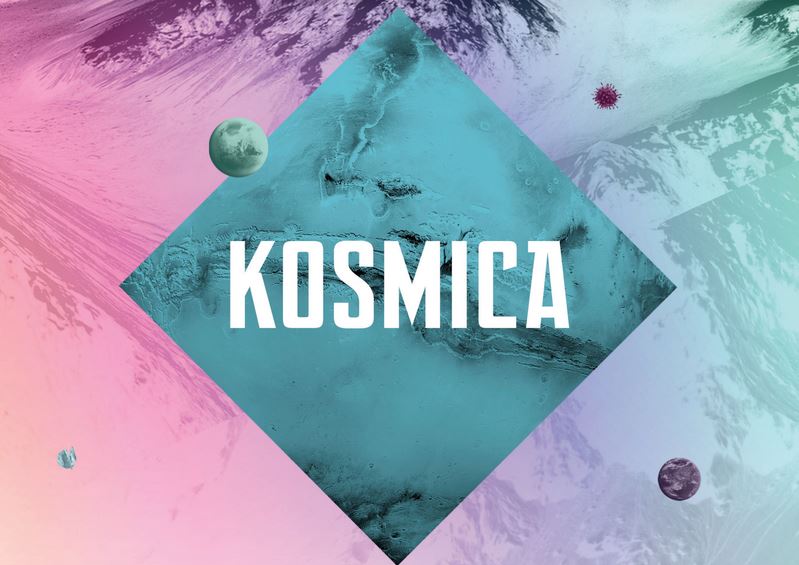
For the first time the International Space University and the KOSMICA Institute bring the internationally acclaimed series of galactic gatherings for Earth-bound artists, space engineers, performers, astronomers, musicians and anyone interested in exploring and sharing space in original cultural and critical ways.
This edition of KOSMICA in Strasbourg will explore how artists are creating projects in extreme environments such as outer space. The evening will include a social mix of art–space programmes that include video art, performances and music alongside presentations, talks and debates.
ABOUT KOSMICA
THE INSTITUTE KOSMICA is a global institute founded in 2011 with the mission to establish a platform for critical, cultural and poetic discourse on our relationship with outer space and the impact of space activities here on Earth. The Institute develops initiatives that bridge art and humanities, the space sector and society. KOSMICA supports that space does not belong to anyone and our relationship with it is deeply rooted in every culture around the world. We believe that all of us have a stake in humanity’s actions beyond our planetary home.In particular, we are convinced that artists, poets, anthropologists, musicians, philosophers and other cultural practitioners bring unique perspectives to the debates and issues surrounding space activities.
KOSMICA curates and produces original content, projects and programmes. Each of our activities is unique, bringing together experts across disciplines to explore the cultural impact of space exploration, the future of humanity and the most urgent issues we are currently facing on our planet. We work in partnership with cultural, academic, and scientific institutions as well as the space industry all around the world to deliver our initiatives.
https://www.kosmicainstitute.com/
FB: https://www.facebook.com/kosmicainstitute/
TW: https://twitter.com/kosmicainst
IG: https://www.instagram.com/kosmicainstitute/
Linkedin: https://www.linkedin.com/company/kosmica
Thursday 22 August, 2019 9am to 5pm
ISU Cosmos Auditorium, Illkirch
Open to public upon registration
This event will be webcasted on the ISU Live channel
Space for Urban Planning
Today, 55% of the world’s population lives in urban areas with projections showing an upwards trajectory to 68% by 2050. This team project will explore how space-based technologies and applications may help enhance understanding key trends and drivers in urbanization, which is crucial for sustainable development and forming a new framework for planning and living in urban areas.
Raising awareness of the significant potential of satellite-based information and technologies for planning population growth and for building more sustainable cities will be required to track our urban footprint and understand the impact of urbanization.
Enhancing industrial space competitiveness: Global trends and local positioning
The global information and networking explosion enhances the role of space as an integrator of systems. Telecommunications, remote sensing, positioning and celestial body exploration and exploitation pose new opportunities and challenges. Industrial policies and capabilities must constantly evolve in this environment to provide value of invested funds, satisfy security considerations and add value in potential partnerships and alliances. A mapping of industrial policies and capabilities is a prerequisite for regional space industrial positioning. Comparisons between leading nations like US and France in terms of the methods, tools and objectives of national distribution of competencies and the role of cases like Bas-Rhin would make a useful case for space stakeholders. As such, participants are expected to draw comparisons across regional industrial policies and how these can relate to national, or global value chains. The deliverables are expected to include an interdisciplinary analysis of key national industrial policies and links to regional competencies in Europe (France), US, others and recommendations for future competence development for regions like Alsace. The project should also cover the role of security considerations.
Fast Transit to Mars
Today’s human Mars mission concepts involve very high risks to the health of their crews from radiation exposure and long term microgravity effects. These problems might be largely solved by a propulsion system capable of traveling at a constant acceleration of 1g all the way to Mars and back. It is possible that 1g acceleration would reduce the travel time from Earth to Mars to less than one week. It would also reduce the impact of microgravity by simulating an Earth-like onboard gravity experience. This project should explore the feasibility and implications of a 1g propulsion system for a Mars mission. What problems would such a system address and what new ones might it create? What technologies will be required? Are the investments worthwhile? What business opportunities might arise and could they be made profitable? What are the broader implications for our culture and society?
Next Generation Space Systems: Swarms
Swarm-organized systems found in biology show remarkable benefits over centrally coordinated systems. Examples range from how ants work together to protect their queen, to how a flock of birds create the most breathtaking figures together without collisions. Applying this to a space based system provides a number of advantages. First of all, complexity can be divided over the elements of the swarm and therewith keep every element as simple and robust as possible. A swarm satellite is typically a nano-satellite that does not have the required resources for orbit and attitude control to strictly keep position with respect to other satellites in the swarm so it would not be capable of maintaining position in a constellation or a formation. This disadvantage can be turned into an advantage when the mission is designed such that it is not important where the swarm elements are. As such, the swarm satellites can be produced quite inexpensive and rely on COTS technology that make them suited for mass production. A large number of nano-satellites in a swarm make the swarm extremely robust and omnipresent. The revisit time of a swarm can be near instant. Swarms are very well suited for global earth observation, but can also form large scientific instruments of which the radio telescope OLFAR is the most exciting example. In essence, OLFAR is a large aperture radio telescope that can produce a detailed sky map at yet unseen frequencies that is with current space mission design thinking, beyond present means, both technically and financially. Yet another fascinating application that can be enabled with swarms is to form an Internet Of Things (IOT) backbone in Space. As such, in-situ sensors measuring environmental and/or geolocation parameters all over the world, can transmit their data whilst a swarm of small satellites collects this data and further manages how to deal with it. With the emergence of swarms, a totally new space system with features incomparable to traditional space systems is becoming available and the full use and benefits are still hardly discovered.
